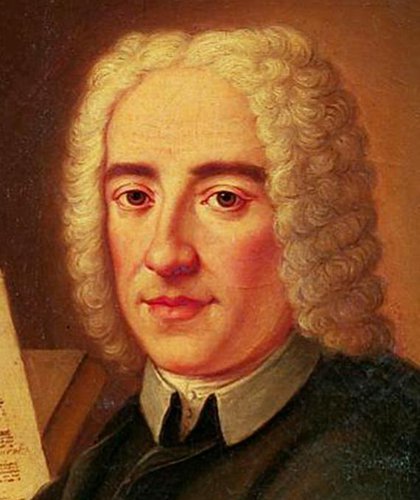
Alessandro Scarlatti
(1660-1725) was born in Palermo, into a long line of musicians. His first music teacher was probably his father, while later he went on to polish his knowledge at a choir school in a Rome seminary. He was 19 when he composed his first oratorio, but his real breakthrough came when he composed his first known opera, which was a great success in Rome and beyond. One of his first patrons was Christina, Queen of Sweden, who lived in Rome. By the time Scarlatti’s second opera premiered in 1680, the playbill already showed him as the Queen’s maestro di cappella. The composer retained this title even after 1683 when he moved to Naples, where he served as the viceroy’s court composer until 1702. As an opera composer, Scarlatti benefited from the active Neapolitan opera culture and he became the director of one of the city’s grand opera troupes in the second half of his twenties. He composed more than half of his enormous opera oeuvre in Naples. He was a much-played composer of his age, and his works were widely known; a production of his opera Il Pirro e Demetrio was played as far away as England. Being successful in Naples, however, did not mean he was well-off. This is what first led him, unsuccessfully, to seek employment in Florence; later, in 1703, he became deputy director of the Santa Maria Maggiore in Rome, under the patronage of Cardinal Ottoboni. He was elected to the Accademia degli Arcadi (‘Academy of Arcadia’) in 1706, and in the same year the Pope honoured him with a knighthood. He composed 40 oratorios, 115 operas, 700 cantatas and innumerable Religious works, yet the number of his instrumental works is small.